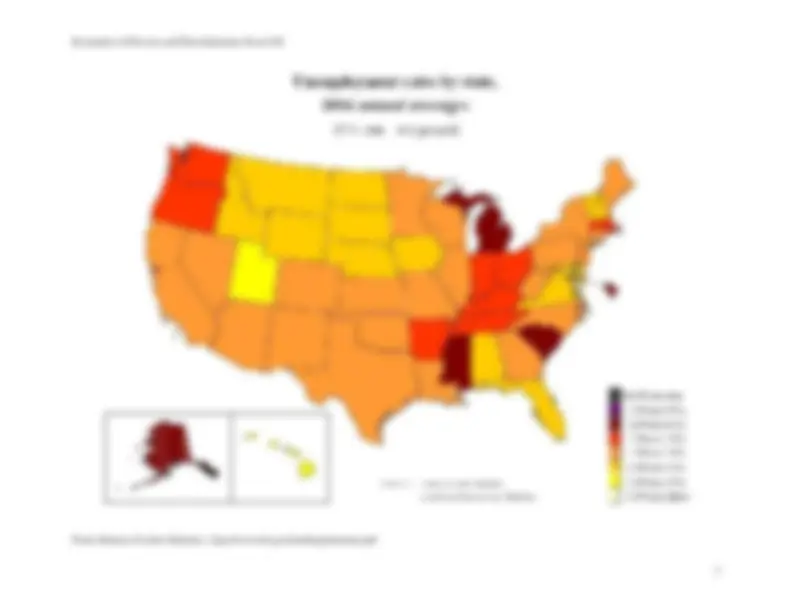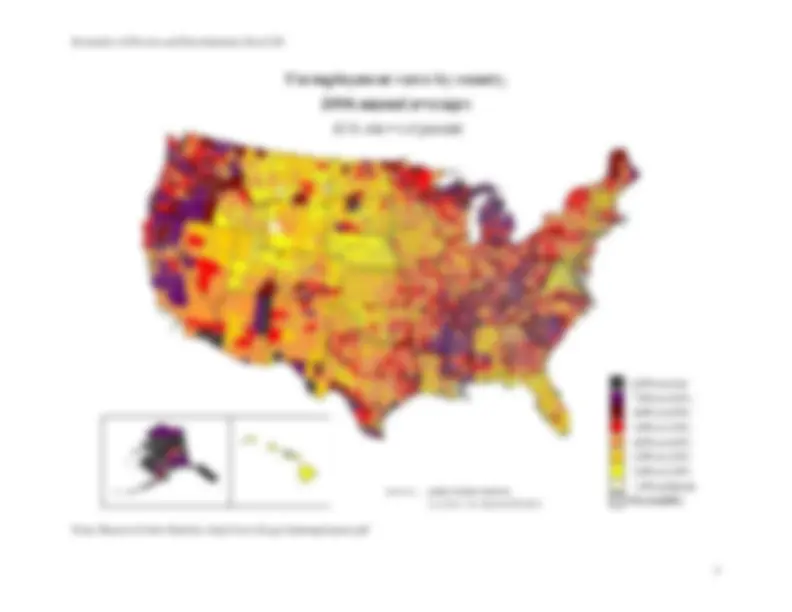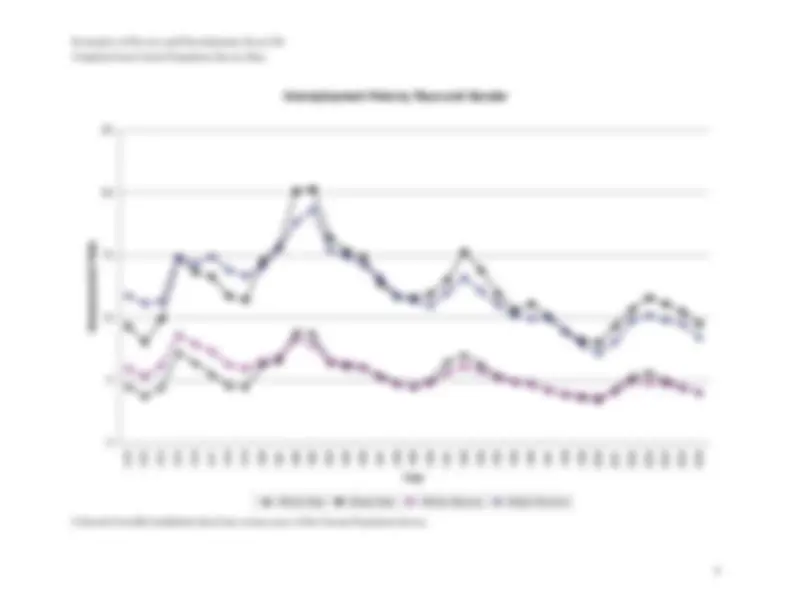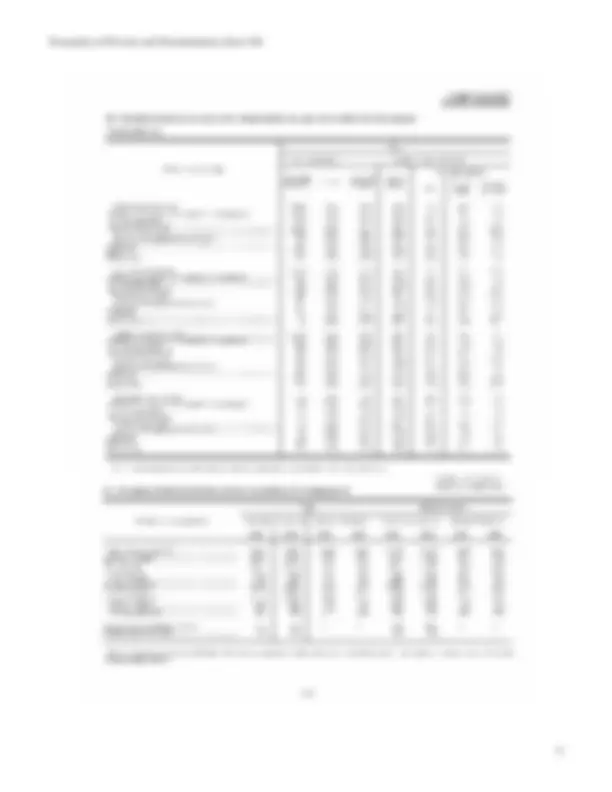








Study with the several resources on Docsity

Earn points by helping other students or get them with a premium plan


Prepare for your exams
Study with the several resources on Docsity

Earn points to download
Earn points by helping other students or get them with a premium plan
Community
Ask the community for help and clear up your study doubts
Discover the best universities in your country according to Docsity users
Free resources
Download our free guides on studying techniques, anxiety management strategies, and thesis advice from Docsity tutors
A lecture outline for econ 248, focusing on the monetary causes of poverty, specifically unemployment and low pay. It covers measurement terms and issues, causation, and the reasons for working poverty. Relevant readings from epd and upf are suggested.
Typology: Study notes
1 / 11

This page cannot be seen from the preview
Don't miss anything!







Economics of Poverty and Discrimination, Econ 248
Economics of Poverty and Discrimination, Econ 248
Economics of Poverty and Discrimination, Econ 248 From: Bureau of Labor Statistics: http://www.bls.gov/lau/maps/aastrate.pdf
Economics of Poverty and Discrimination, Econ 248 From: Bureau of Labor Statistics: http://www.bls.gov/lau/maps/aacnrt.pdf
Economics of Poverty and Discrimination, Econ 248
From: BLS Employment and Earnings , January 2007. http://www.bls.gov/cps/cpsaat24.pdf
Eco
nomics of Poverty and Discrimination, Econ 248
1972
1973
1974
1975
1976
1977
1978
1979
1980
1981
1982
1983
1984
1985
1986
1987
1988
1989
1990
1991
1992
1993
1994
1995
1996
1997
1998
1999
2000
2001
2002
2003
2004
2005
2006
Year
Unemployment Rate
White Men
Black Men
White Women
Black Women
Compiled from Current Population Survey Data. Collected from BLS published data from various years of the Current Population Survey.
Economics of Poverty and Discrimination, Econ 248
U.S. Department of Labor Employment Standards Administration Wage and Hour Division
Minimum Wage Laws in the States as of January 1, 2008
Click on any state or jurisdiction to find out about applicable minimum wage laws. Note: Where Federal and state law have different minimum wage rates, the higher standard applies.
States with minimum wage rates higher than the Federal States with no minimum wage law States with minimum wage rates the same as the Federal States with minimum wage rates lower than the Federal American Samoa has special minimum wage rates
Minimum Wage and Overtime Premium Pay Standards Applicable to Nonsupervisory NONFARM Private Sector Employment Under State and Federal Laws January 1, 2008 1
Note: This is a Word document from the first page of the following US Department of Labor website: http://www.dol.gov/esa/minwage/america.htm. Please see the link for a fully functional webpage.
Economics of Poverty and Discrimination, Econ 248
From: BLS Employment and Earnings, January 2007 – http://www.bls.gov/cps/cpsaat44.pdf